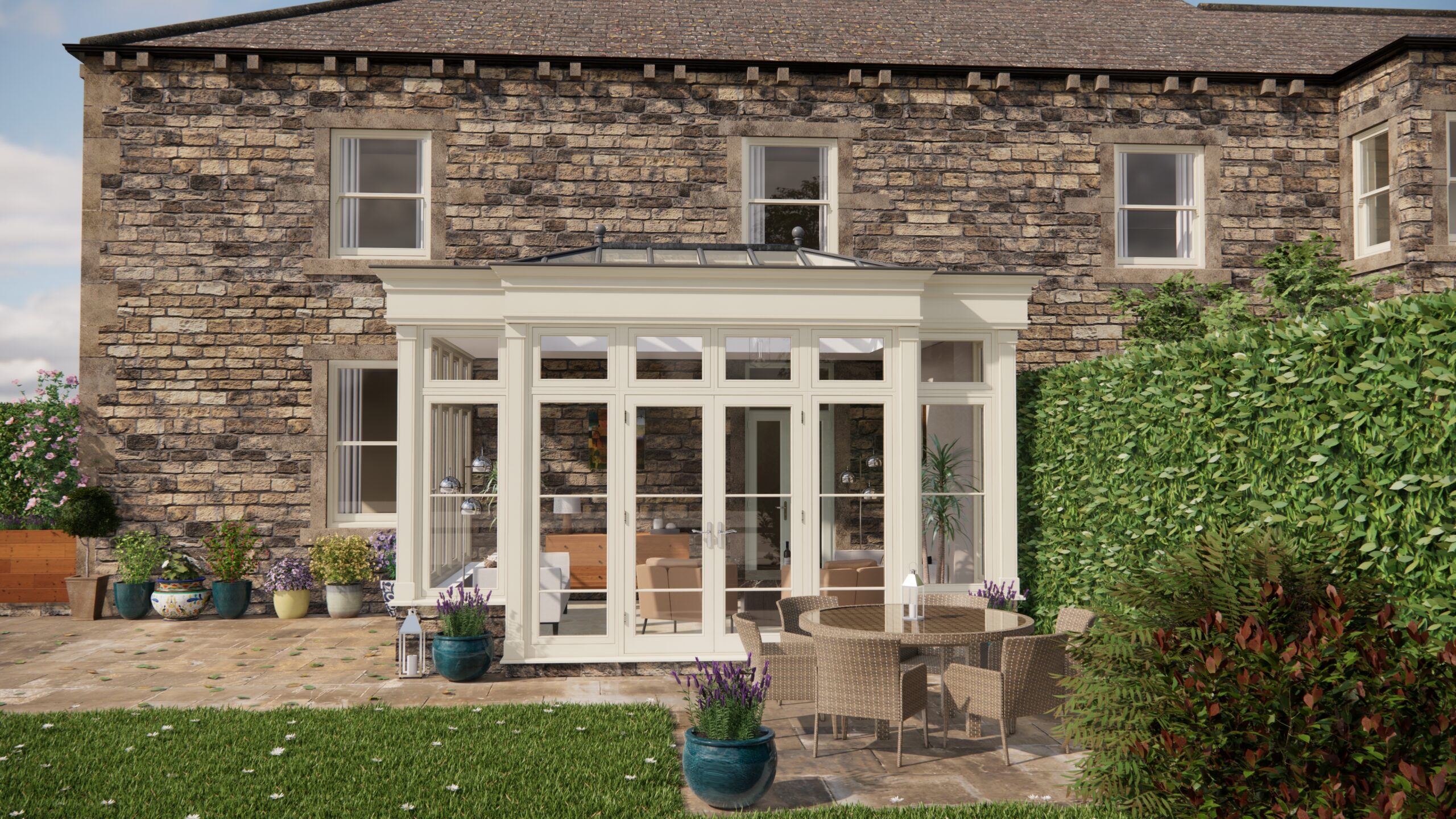Right, let’s be honest, when I first heard about “biophilic design,” my initial thought was, “Sounds fancy, probably not for me.” I live in a modestly sized flat in a bustling city. My garden is a window box, and ‘nature walks’ usually involve dodging pigeons in the park. But, after delving into the research, and specifically after writing about wellness, home exercise, and how even something like an orangery can impact wellbeing (if you’re lucky enough to have one!), I realised biophilic design wasn’t just about sprawling estates. It was about consciously connecting with nature to boost well-being – something we all deserve, regardless of square footage.
My focus was this: How can I, in my limited space, bring the outdoors in? The article I wrote, “Bringing the Outdoors In: Practical Biophilic Design Tips for Small Home Spaces,” was a direct result of my experiments. And I’m here to tell you, it’s entirely doable, even rewarding.
Vertical Gardens: Green Walls of Joy
Space is at a premium, right? That’s where vertical gardens shine. My article suggested them because they’re clever. Instead of spreading outwards, they grow upwards! I started small, with a modular vertical planter I picked up at a garden centre. It’s basically a series of stackable pots that attach to the wall.
The key is choosing the right plants. I went for herbs (more on those later) and trailing plants like pothos and string of pearls. They’re relatively low-maintenance and thrive in indoor conditions. Plus, the greenery is instantly calming. To make it work: measure your wall space, ensure sufficient light (grow lights are an option if needed), and use well-draining potting mix. Watering is easy; I just use a watering can with a long spout.
Indoor Herb Gardens: Freshness at Your Fingertips
Okay, this is my favourite. An indoor herb garden is both beautiful and practical. My article highlighted its dual benefit: aesthetic appeal and culinary usefulness. I dedicated a sunny windowsill to this project. I used a collection of terracotta pots, filled with herbs like basil, mint, thyme, and rosemary.
Growing your own herbs is surprisingly easy. They need plenty of sunlight, regular watering, and well-drained soil. Plus, snipping fresh herbs to use in cooking makes you feel like a domestic goddess (or god!). The aroma alone is a mood booster. A tip from the article: stagger your planting so you always have a supply of fresh herbs.
Natural Textures: A Tactile Transformation
Biophilic design isn’t just about plants; it’s about engaging all your senses. My article emphasised the importance of natural textures. I swapped out some of my synthetic fabrics for linen and cotton throws and cushions. I added a woven jute rug to my living room. The difference was remarkable.
Natural textures add warmth and depth to a space. Think about incorporating wooden furniture, stone accents (like a decorative bowl), or even a basket to store blankets. The key is to choose items that feel good to the touch. Even small changes, like switching to a wooden chopping board or adding a ceramic vase, can make a difference.
Nature-Inspired Artwork: Bringing the Outside In, Artistically
Finally, I tackled the walls. Instead of generic prints, my article suggested using nature-inspired artwork. I opted for a large botanical print for my bedroom and a landscape photograph for my living room. The article suggested options from abstract painting to real nature in the form of pressed flowers.
You don’t have to spend a fortune. Charity shops and online marketplaces are great places to find affordable pieces. The important thing is to choose artwork that evokes a sense of calm and connection to nature. Consider the colours and imagery; blues and greens are generally considered calming, while images of forests, mountains, or oceans can transport you to another place. Even simple things such as artwork that you have created yourself can be incorporated.
So, there you have it – my biophilic design journey. It wasn’t about transforming my flat into a jungle, but rather about making conscious choices to bring elements of nature into my everyday life. By incorporating vertical gardens, indoor herb gardens, natural textures, and nature-inspired artwork, I’ve created a space that feels calmer, more inviting, and more connected to the natural world. And the best part? You can do it too, no matter how small your space might be.


